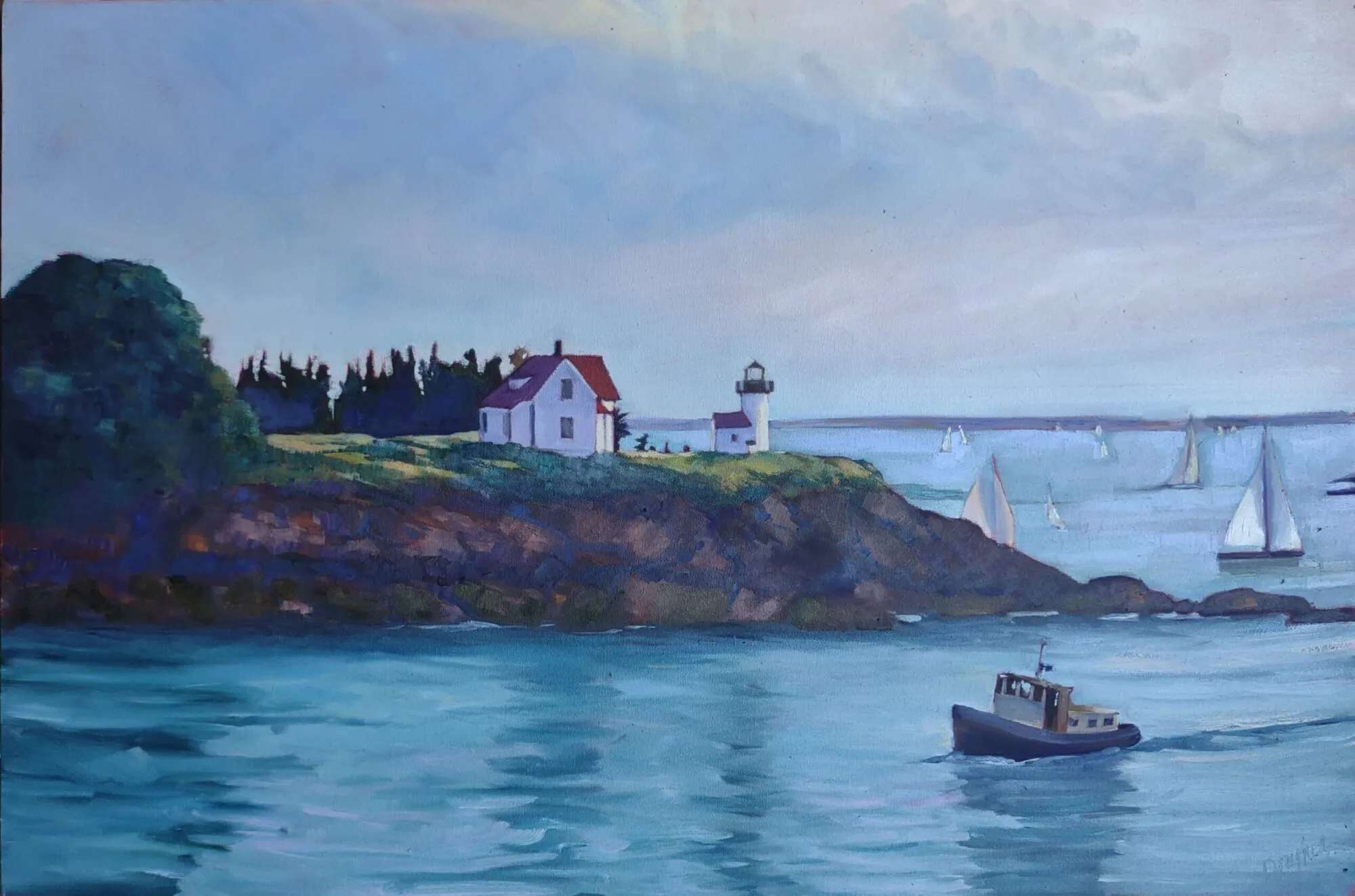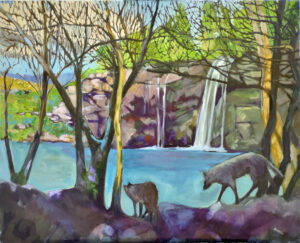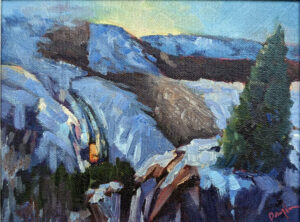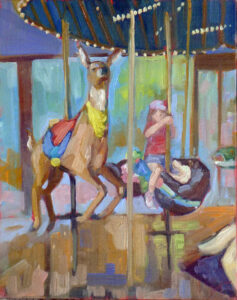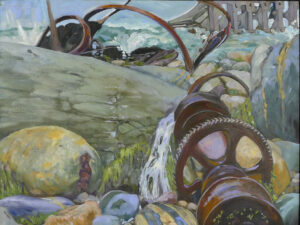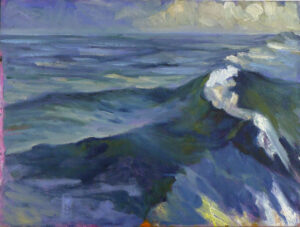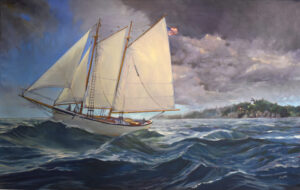
My husband can’t listen to the original cut of Jackie Wilson’s (Your Love Keeps Lifting Me) Higher and Higher without pointing out that the guitar is out of tune. Still, it went to #1 on the Billboard R&B charts in 1967, and it’s one of Rolling Stone‘s The 500 Greatest Songs of All Time.
There are works of art that confound in the same way. Nobody can doubt the genius of Michelangelo, but his women could be strangely muscle-bound. His Moses is a work of immense sensitivity and insight, but he has horns. (That was an iconographic convention of the time, based on a translation error.)
Édouard Manet is one of history’s greatest painters, but his Fishing and The Kearsarge at Boulogne are both (technically) duds.
The rut that once was a groove
Duds happen when you push the limits of your skill and ideas. They’re unlikely when you stay comfortably in your rut.
In Fishing, Manet was quoting Peter Paul Rubens. That early painting may have failed but Manet is the same artist who later gave us Le Déjeuner sur l’herbe, Olympia, and three versions of Execution of Emperor Maximilian, all of which rest on the same idea. Manet had the insight and skill to paint intellectually provocative subjects at the same time as he helped to advance the painterly development of Impressionism.
Manet pushed boundaries of technique, subject matter and artistic norms. To do that meant ignoring the pernicious voice of group norming, and ignoring the possibility of failure.
The risk
Of course, not conforming has its risks. Ralph Albert Blakelock was a celebrated painter of his day. He often mixed bitumen and varnish for rich depth of color in his thick, uneven paint. That has proved to be a conservation disaster, so when we look at his paintings today, we aren’t seeing what he laid down. In most of them tonalism has been replaced by something grubby and dark. And that’s why he’s fundamentally unknown today.
But done intelligently, non-conformity can result in innovative breakthroughs and the development of new artistic styles, techniques, and forms. It can break down our preconceived notions of what we’re doing.
This applies to us, too
The plein air movement has reached its maturity. It is the greatest art movement of our time, but it’s also set limits in terms of finish, the time we spend on paintings, and style. I love plein air better than any other form of painting, but those limits are becoming clearer to me.
What will its evolution and growth look like? Am I willing to paint duds to paint something new? Do I even have the smarts to figure out what that ‘new’ will look like? Am I willing to experience the rejection and discomfort that comes from pushing limits? I don’t know, but it seems to me that growth demands it.
Reserve your spot now for a workshop in 2025:
- Advanced Plein Air Painting, Rockport, ME, July 7-11, 2025.
- Sea and Sky at Acadia National Park, August 3-8, 2025.
- Find Your Authentic Voice in Plein Air, Berkshires, MA, August 11-15, 2025.
- Immersive In-Person Fall Workshop, Rockport, ME, October 6-10, 2025.
